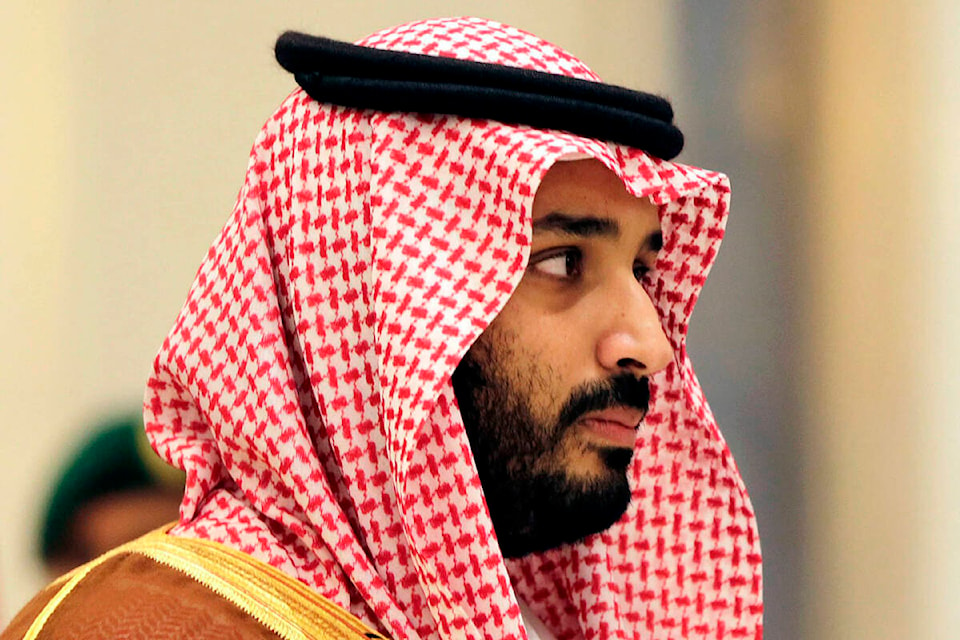Growing up as a science fiction nerd, I read all about hypothetical massive structures, like space habitats or giant Martian settlement domes.
One idea that was quite popular was the arcology – an entire city inside a single building. They’re fun in fiction, but I never expected to see one actually built in my lifetime.
Then the government of Saudi Arabia decided to try.
As of this month, prospects for finishing the city dubbed The Line are not looking good at all. But it’s worth considering how strange this project was right from the beginning, and how money, ambition, and autocracy combined to let it get as far as it did.
The Line is actually just one part of a massive development complex called Neom. To be built on the eastern shore of the Red Sea, Neom is to include an industrial centre and a tourism and sports hub, powered by renewable energy.
Which sounds ambitious enough – building an entire new community from scratch?
But then you get to The Line, the city that would extend eastward from Neom into the heart of the desert.
As you may have gleaned from the name, The Line is meant to be, well, a straight line. A “linear city” 170 km long, 200 metres wide, and 500 metres high.
It would essentially be two continuous mirror-glass-coated skyscrapers, one on either side of a central open area, with rail transport running underneath that. The total population was to have been nine million people, or about the same as New York City.
You will not be surprised to learn that after several years of planning, announcements, and the release of slick CGI renderings, plans for The Line are being scaled back.
Just 2.4 km of the total length of the linear city is to be finished by 2030. Workers who have been digging out foundations – satellite images confirmed earthmoving machines were working on the full length of the project – are being laid off and going home.
READ ALSO: JURE: Saying goodbye to my dog is the hardest thing I’ve ever had to do
The project, which was decried for its displacement of members of the Howeiwat tribe – three members were sentenced to death for refusing to vacate their homes to make way for Neom – and for its potential impacts on desert ecosystems, never seemed likely to succeed.
But only in a wealthy autocracy would it have been possible.
Plans like The Line are what happen when people who have been swimming in money for a long time get ambitious. They think about making a mark on the world, preferably one visible from space. They don’t ask questions like “Wouldn’t a square or circular city be more compact and navigable?” or “Is building a 170-km, mirrored surface a good idea?” or “What happens when the wind blows straight down the central trench between the two sides?”
Democracy is messy and imperfect, but one of the benefits of its messy imperfection is that it allows people to point out when their leaders are doing very, very stupid things that will cost trillions of dollars.
Hopefully, The Line will be come to a halt before it gets any longer.
